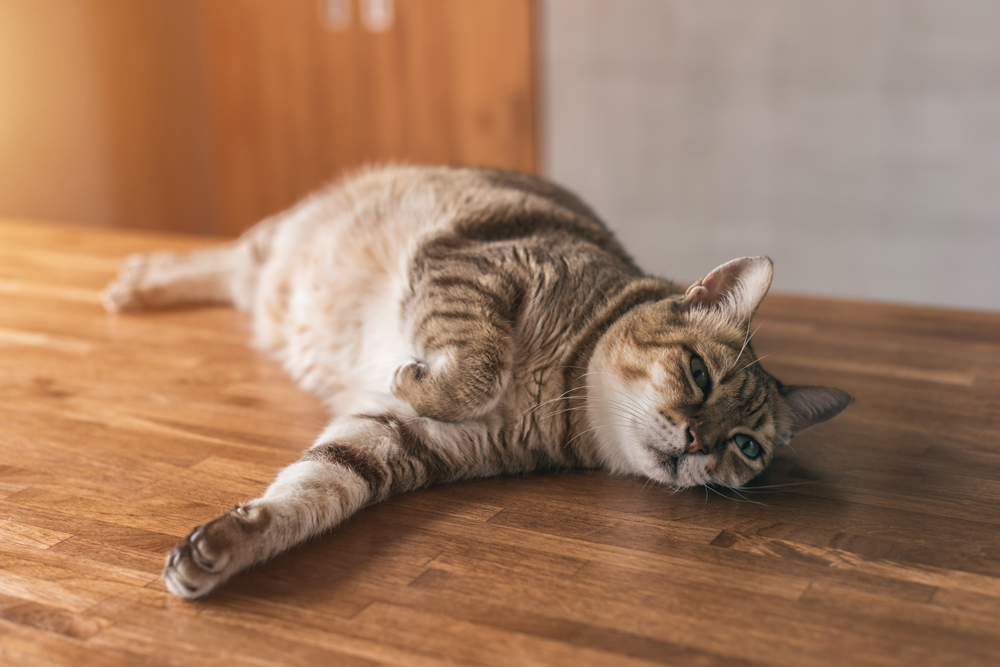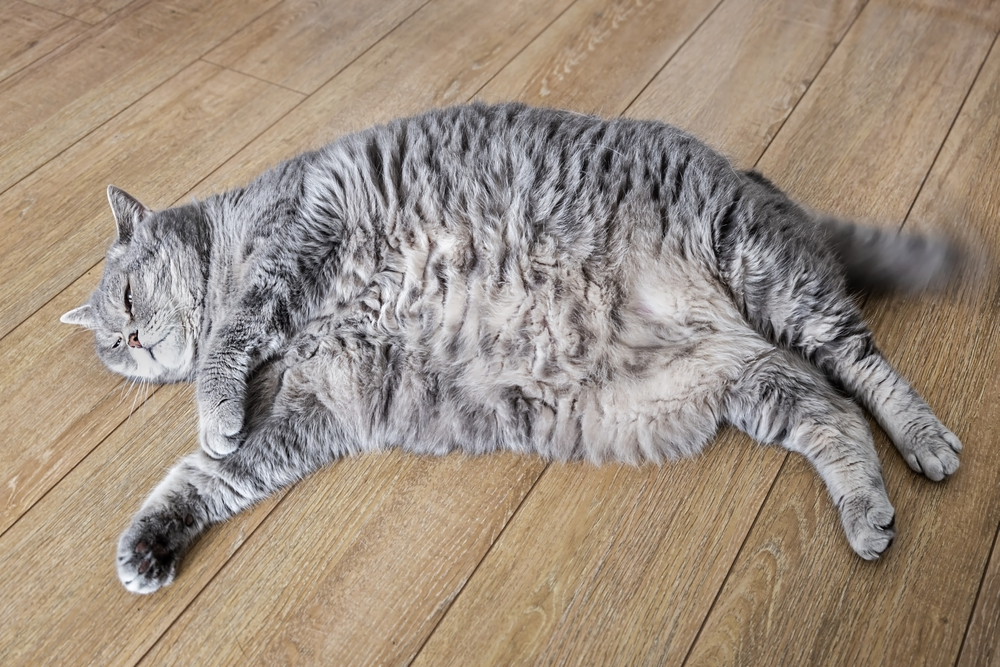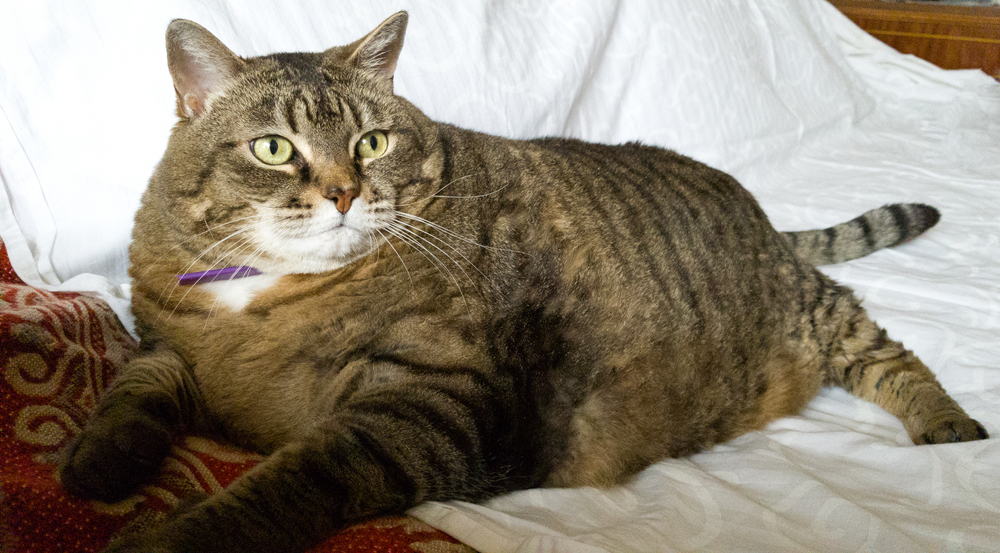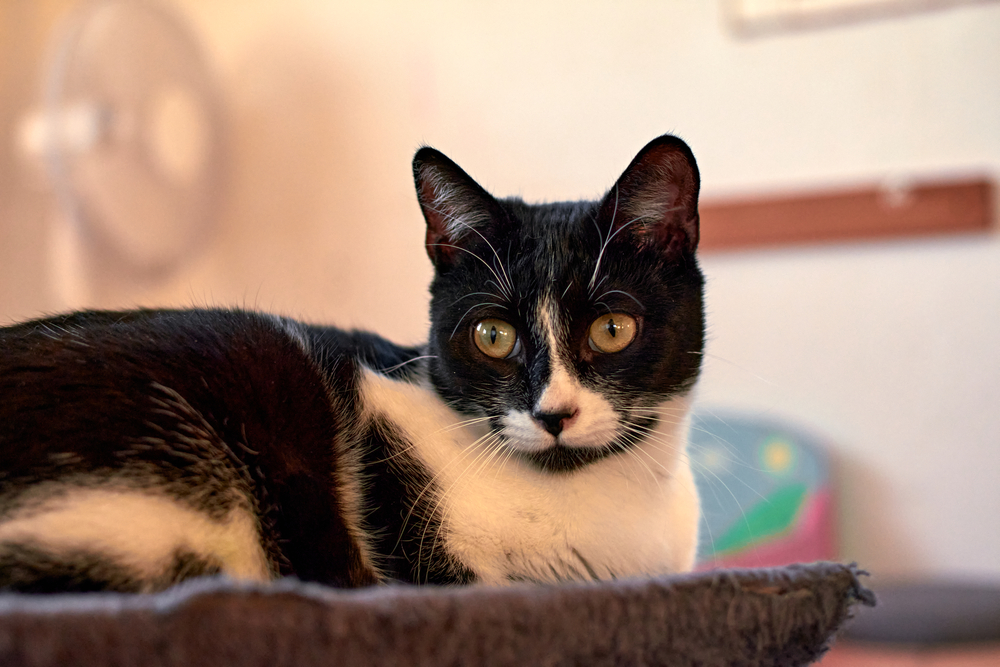Understanding and Managing Feline Diabetes: A Guide for Pet Parents

What is Diabetes in Cats?
How Do Cats Get Diabetes?
Obesity: Overweight cats are at a much higher risk of developing diabetes. Excess weight leads to insulin resistance, making it harder for the body to use insulin effectively.
Age: Older cats are more likely to develop diabetes, especially those over 7 years old.
Genetics: Some breeds, like Siamese, are more prone to developing diabetes than others.
Poor Diet: Cats who eat a high-carbohydrate diet, such as some dry foods, may be more prone to diabetes. A poor diet can contribute to obesity and insulin resistance.
Health Conditions: Cats with certain health conditions, such as high blood pressure or hormonal imbalances, may also be at a higher risk.
Symptoms of Diabetes in Cats
• Increased thirst (polydipsia)
• Frequent urination (polyuria)
• Increased appetite (polyphagia)
• Weight loss, despite an increased appetite
• Lethargy or decreased activity levels
• Unkempt coat (your cat may stop grooming itself as much)
• Weakness, particularly in the hind legs
• Cloudy eyes (in advanced stages)

Treatment and Management Options
Take the First Step Toward Your Cat's Health—Book an Appointment Today!




 Request Appointment
Request Appointment



